
Lead generation is the lifeblood of any prosperous company. Without a steady flow of qualified leads, even the most innovative products or services can struggle to gain traction. While traditional methods like email marketing, content creation, and paid advertising remain essential, sometimes thinking outside the box can yield extraordinary results. In this blog, we’ll explore ten surprising lead generation strategies that can transform your business overnight. Each of these methods has the potential to not only attract more leads but also to engage them more effectively, ultimately driving higher conversion rates.
Table of Contents
Leverage Interactive Quizzes and Assessments
Interactive content has taken the digital world by storm, and for a good reason. It’s engaging, personalized, and highly shareable—three qualities that make it a powerful tool for lead generation. Quizzes and assessments, in particular, are effective because they cater to a universal desire: self-improvement and discovery.
Why It Works:
Quizzes and assessments offer instant gratification. Users get immediate feedback or results that feel personalized, whether it’s a personality quiz, a “What Product is Right for You?” assessment, or a knowledge test related to your industry. This interactive content not only captures attention but also provides valuable insights into the needs and preferences of your audience.
How to Implement
Choose a Relevant Topic: Select a topic that resonates with your target audience and is directly related to your product or service.
Promote Widely: Share the quiz or assessment across your social media channels, in emails, and on your website.
Capture Leads: Require users to enter their contact information before they can see their results. This ensures you capture leads while providing them with value.
Example:
A skincare company might develop the “What’s Your Skin Type?” quiz and provide tailored product suggestions in response to the findings. Before viewing the results, users must provide their email addresses, instantly turning quiz participants into leads.
Host Virtual Events and Webinars
In an increasingly digital world, virtual events and webinars have become invaluable tools for engaging with potential customers. These events allow you to showcase your expertise, demonstrate the value of your products or services, and interact directly with your audience—all while capturing lead generation.
Why It Works:
Webinars and virtual events create a sense of community and trust. They allow you to establish your brand as an authority in your industry while providing valuable content that helps attendees solve problems or learn something new. The interactive nature of these events also fosters deeper engagement compared to static content.
How to Implement:
Choose a Compelling Topic: Focus on a subject that addresses common pain points or interests within your target audience.
Promote Your Event: Use email marketing, social media, and your website to spread the word and encourage sign-ups.
Engage Attendees: During the event, use polls, Q&A sessions, and chat features to engage with participants. Follow up with a thank-you email and additional resources to keep the conversation going.
Example:
A software company could host a webinar on “10 Ways to Streamline Your Workflow Using Our Product.” Attendees must sign up with their email address, allowing the company to follow up with personalized offers or demos.
Use Exit-Intent Popups
Exit-intent popups are a subtle but highly effective tool for capturing leads who are about to leave your website. By offering a last-minute incentive, you can convert visitors who might have otherwise slipped through the cracks.
Why It Works:
Exit-intent popups are triggered by user behavior, appearing just as a visitor is about to close the tab or navigate away from your site. This timely intervention gives you one final opportunity to engage them, often with a compelling offer they can’t resist.
How to Implement:
Create an Irresistible Offer: This could be a discount, a free ebook, or access to exclusive content.
Design Engaging Popups: Ensure the popup is visually appealing and clearly communicates the value of the offer.
Test and Optimize: Use A/B testing to refine the design, timing, and messaging of your popups to maximize conversions.
Example:
An e-commerce store might use an exit-intent popup offering a 10% discount on the visitor’s first purchase. The popup could say, “Wait! Get 10% off your first order—just enter your email to claim your discount.” This simple tactic can turn a potential bounce into a new lead generation and sale.
Collaborate with Micro-Influencers
Big brands with large expenditures are not the only ones who use influencer marketing. . Micro-influencers—those with smaller, but highly engaged, followings—can offer tremendous value, especially for niche markets. Collaborating with micro-influencers can help you reach a more targeted audience, often at a fraction of the cost of larger influencers.
Why It Works:
Micro-influencers typically have closer relationships with their followers, which means their recommendations can carry more weight. Their audiences are often more engaged and trusting, leading to higher conversion rates for the brands they endorse.
How to Implement:
Identify Relevant Influencers: Look for micro-influencers within your niche who align with your brand values and have an engaged following.
Create Authentic Campaigns: Work with the influencer to create content that feels genuine and provides value to their audience.
Track Performance: Use unique referral links or discount codes to track the lead generation and sales generated by the influencer’s content.
Example:
A health food brand might partner with a fitness micro-influencer to promote a new line of protein snacks. The influencer could create a series of posts and stories showcasing how they use the snacks in their daily routine, driving their followers to a landing page where they may register to receive a discount on their initial purchase.
Incorporate Gamification into Your Lead Generation
Gamification involves applying game-like elements—such as points, badges, challenges, or rewards—to non-game contexts. When used in lead generation, gamification can make the process more engaging and enjoyable, encouraging more people to participate and share their experience with others.
Why It Works:
Gamification capitalises on people’s innate drive for accomplishment and competition. By offering rewards or recognition, you motivate users to take action, whether it’s signing up for your newsletter, completing a survey, or engaging with your content and lead generation.
How to Implement:
Identify Key Actions: Determine what actions you want users to take (e.g., sign up, share content, refer friends).
Create a Reward System: Offer points, discounts, or exclusive content as rewards for completing these actions.
Promote Your Campaign: Use email, social media, and your website to encourage participation.
Example:
A SaaS company might launch a gamified lead generation campaign where users earn points for each task they complete, such as watching a demo video, signing up for a newsletter, or sharing a blog post on social media. Points can be redeemed for discounts on the software or access to premium features.
Offer a Free Tool or Resource
One of the most effective ways to generate lead generation is by offering something of value in exchange for contact information. A free tool, calculator, template, or resource that solves a specific problem for your audience can be an incredibly compelling offer.
Why It Works:
Free tools or resources provide immediate value, making it easier for potential lead generation to justify giving you their contact information. Additionally, these tools can help demonstrate the value of your products or services, moving prospects closer to a purchase decision.
How to Implement:
Identify a Common Pain Point: Choose a problem your target audience frequently faces that your tool or resource can solve.
Develop the Tool:
Create a simple but effective tool or resource, such as a budgeting calculator, a marketing plan template, or an industry-specific checklist.
Gate the Content: Require users to provide their email addresses or other contact information to access the tool or resource.
Example:
A financial planning firm might offer a free retirement savings calculator on its website. Visitors must enter their email address to access the calculator, turning them into leads for the firm’s services.
Optimize Your LinkedIn Profile and Engage in Outreach
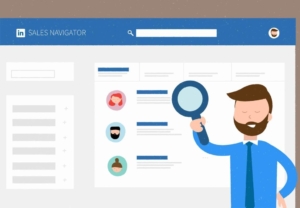
LinkedIn is a powerhouse for B2B lead generation. Optimizing your LinkedIn profile and engaging in proactive outreach can help you connect with decision-makers and influencers in your industry, driving valuable leads to your business.
Why It Works:
LinkedIn is a platform built for professional networking, making it ideal for B2B lead generation. An optimized profile establishes credibility and authority, while direct outreach allows you to connect with potential leads in a personalized and meaningful way.
How to Implement:
Optimize Your Profile: Ensure your LinkedIn profile clearly communicates your expertise, services, and the value you offer. Use keywords relevant to your industry to improve discoverability.
Participate in Groups: Sign up for and actively participate in industry-related LinkedIn groups.. Share valuable insights, answer questions, and engage with other members to build relationships.
Conduct Targeted Outreach:
Use LinkedIn’s search features to find potential lead generation. Send personalized connection requests and follow up with a message offering value, such as a free consultation or resource.
Example:
A digital marketing agency might optimize its LinkedIn profile to highlight its specialization in SEO and then reach out to business owners in its target industries, offering a free website audit in exchange for a conversation.
Run Limited-Time Offers or Flash Sales
Creating a sense of urgency is one of the oldest tricks in the marketing book, but it’s still incredibly effective. Limited-time offers or flash sales can spur immediate action, driving a surge in leads generation and sales.
Why It Works:
Urgency triggers FOMO (fear of missing out), a powerful psychological motivator. When people believe they might miss out on a good deal, they are more likely
lead generation strategies can radically transform your business overnight. By leveraging unconventional approaches like personalized video content, harnessing the power of influencer collaborations, or exploring niche social media platforms, you can break through the noise and connect with potential customers in new lead generation, impactful ways. These strategies not only increase the quantity of leads but also enhance the quality, ensuring that your business attracts and converts the right audience. By thinking outside the box and staying agile, your business can achieve significant growth and maintain a competitive edge in today’s dynamic market




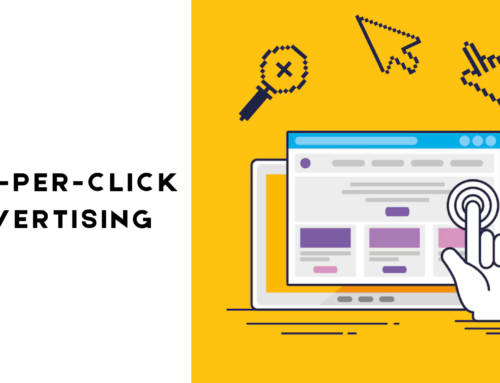

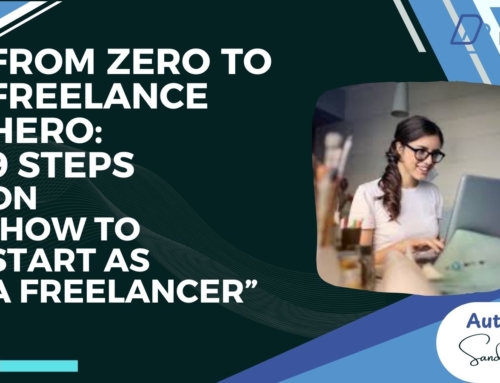
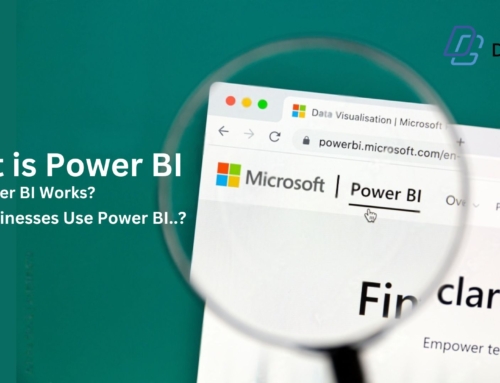


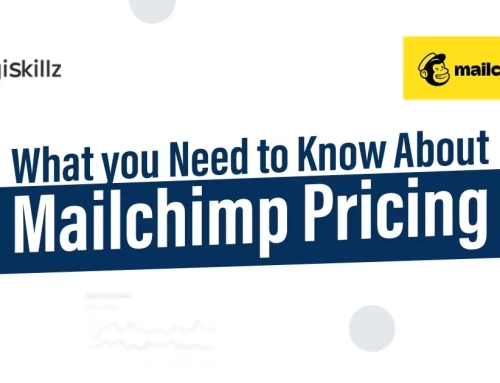
Leave A Comment